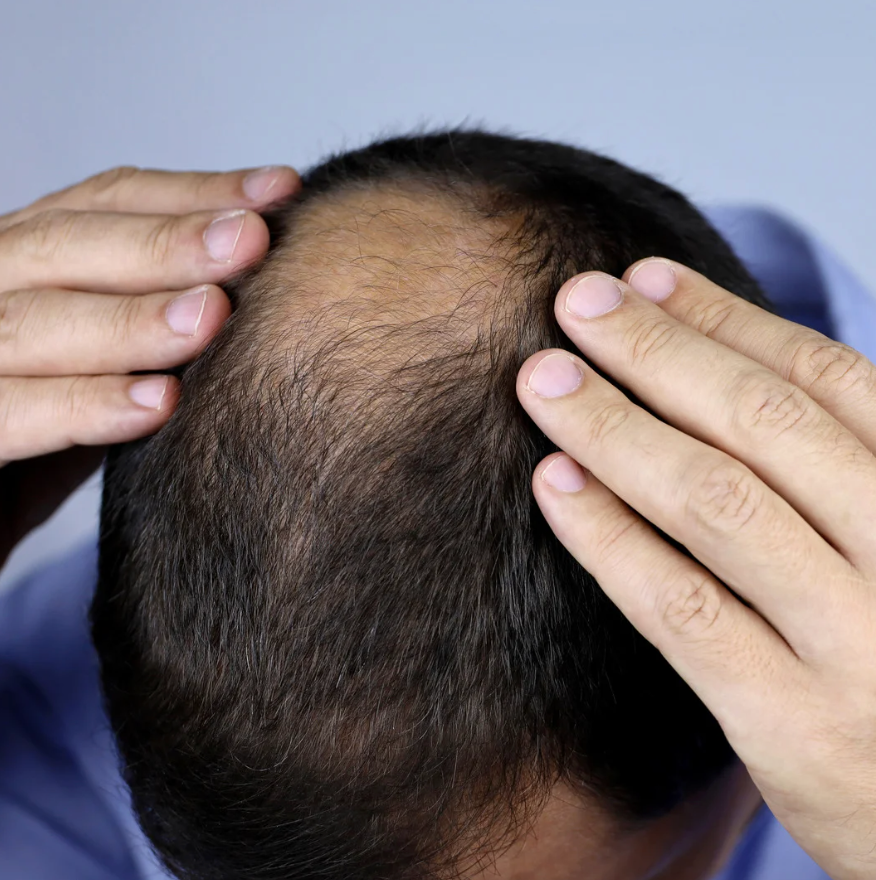
Alopecia
Hair loss can be distressing — whether it’s gradual thinning or sudden shedding. At South Florida Dermatology, we understand how much hair impacts your confidence and identity. In this article, we’ll walk you through the different types of alopecia, what causes them, and how dermatological care can help you manage and treat hair loss effectively.
What is Alopecia?
Alopecia is a medical term that refers to hair loss from the scalp or other areas of the body. It can be temporary or permanent, and it affects both men and women of all ages.
There are many types of alopecia, and each one requires a different approach to diagnosis and treatment.
Common Types of Alopecia:
1. Androgenetic Alopecia
Also known as male or female pattern hair loss, this is the most common form and is often hereditary. It involves gradual thinning over time, usually at the crown and temples (in men) or the part line (in women).
2. Alopecia Areata
An autoimmune condition where the immune system attacks hair follicles, causing patchy bald spots. It can progress to total scalp or body hair loss in some cases.
3. Telogen Effluvium
A temporary shedding of hair often triggered by stress, illness, hormonal changes, or medication. It’s common after childbirth, surgery, or high fevers.
4. Traction Alopecia
Hair loss caused by repetitive tension on the hair, often from tight hairstyles like ponytails, braids, or extensions.
5. Scarring Alopecias
These are less common, but more serious — involving inflammation that destroys hair follicles and leads to permanent hair loss if not treated early.
Diagnosis at South Florida Dermatology:
At your consultation, our dermatology team will:
-
Take a detailed history of your hair loss
-
Examine your scalp and hair follicles
-
Order tests if needed (bloodwork, scalp biopsy, trichoscopy)
-
Identify the root cause
-
Create a personalized treatment plan
Treatment Options:
Depending on the type of alopecia, treatments may include:
-
Topical or oral medications (like minoxidil, spironolactone, or finasteride)
-
Corticosteroid injections (especially for alopecia areata)
-
Platelet-Rich Plasma (PRP) therapy
-
Light therapy (phototherapy)
-
Lifestyle and nutrition counseling
-
Hair growth shampoos and topical solutions
-
Referral for hair transplant evaluation if appropriate
When to See a Dermatologist:
If you’ve noticed increased hair shedding, bald patches, or thinning over time, don’t wait. Early diagnosis is key to preventing further hair loss and promoting regrowth.
At South Florida Dermatology, we treat alopecia with a combination of clinical expertise, compassion, and science-backed treatments. We’ll guide you every step of the way toward restoring your confidence — and your hair.
Concerned about hair loss?
Request a consultation today with our dermatology team and take the first step toward healthier hair.


